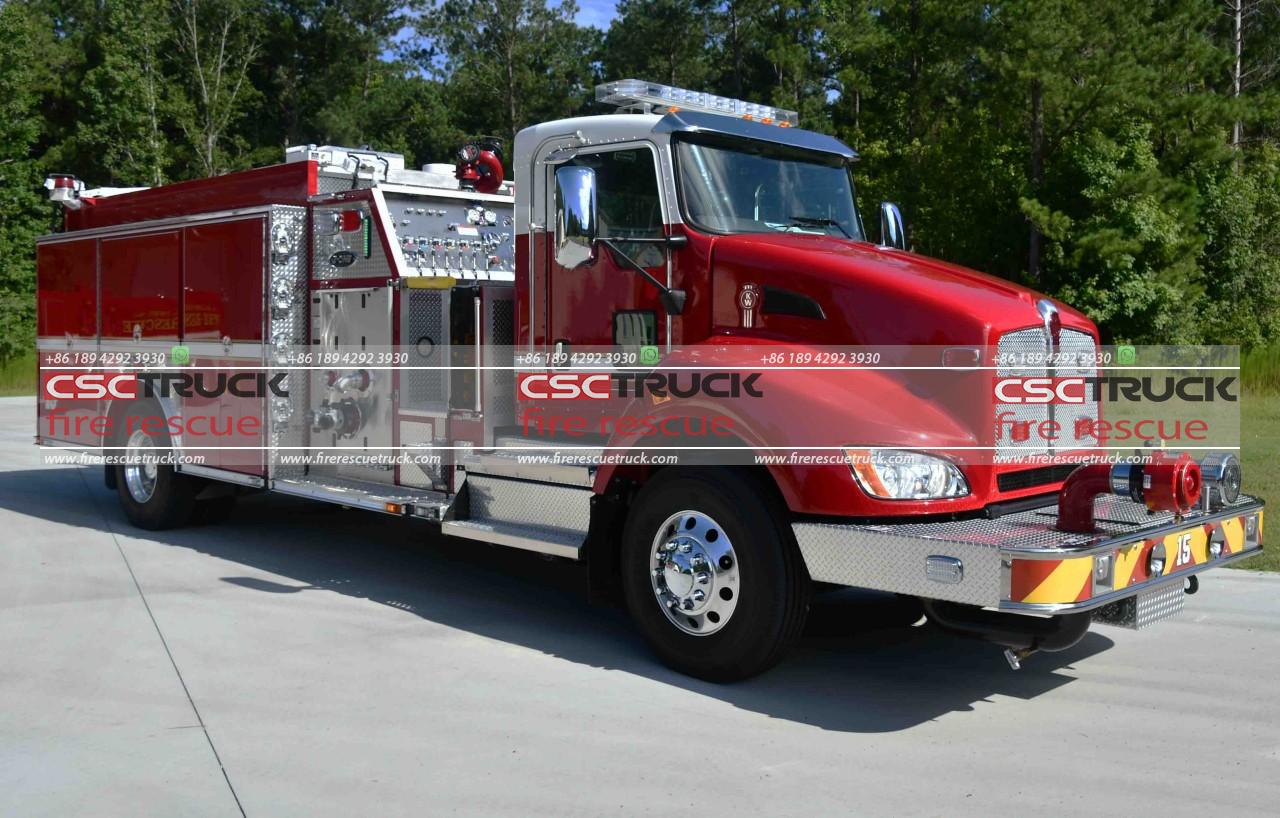Fire trucks have long been an integral part of emergency response, providing essential support in combating fires and protecting lives and property. Over the years, advancements in technology have revolutionized the capabilities of fire trucks, enabling faster response times, improved firefighting efficiency, and enhanced safety for firefighters and the communities they serve. In this blog post, we will explore some of the cutting-edge technologies that are transforming fire truck operations and revolutionizing emergency response.
- Integrated Vehicle Systems: Modern fire trucks are equipped with integrated vehicle systems that streamline operations and enhance efficiency. These systems provide a centralized control interface for various functions, such as pump operations, lighting, and equipment management. Firefighters can monitor and control these systems easily from within the cab, allowing for quick adjustments and optimizing response times. Integrated vehicle systems improve coordination and reduce the complexity of operating multiple controls independently.
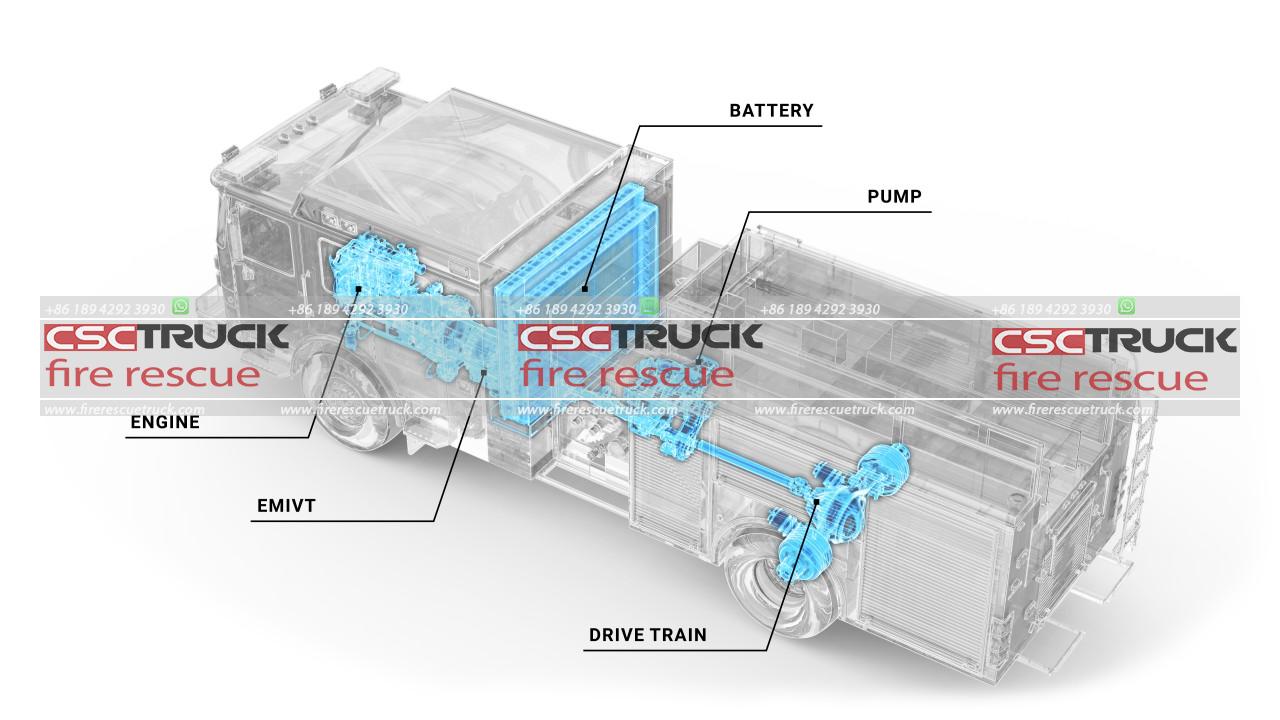
- Advanced Pumping Systems: Efficient water delivery is crucial in fire suppression operations. Fire trucks now come equipped with advanced pumping systems that offer precise control over water flow and pressure. These systems allow firefighters to adjust water delivery based on the specific requirements of each situation, conserving water when necessary and ensuring effective firefighting. Additionally, some pumping systems feature foam proportioning capabilities, enabling firefighters to mix foam concentrate with water quickly and accurately for enhanced fire suppression.
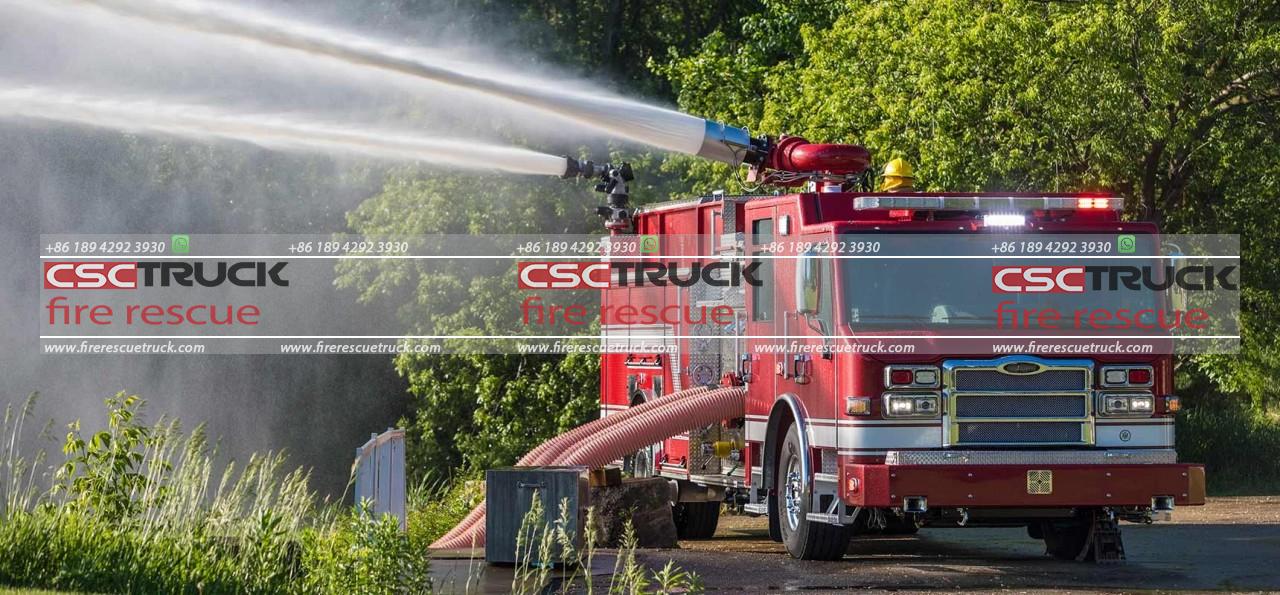
- Automated Hose Deployment: Time is of the essence in firefighting, and rapid hose deployment is critical to gain control over a fire. To expedite this process, fire trucks now feature automated hose deployment systems. These systems use hydraulic or electric mechanisms to deploy hoses quickly and efficiently, reducing response times and enabling firefighters to initiate firefighting operations promptly. Automated hose deployment ensures that hoses are properly laid out and easily accessible, minimizing the risk of tripping hazards and improving overall safety.
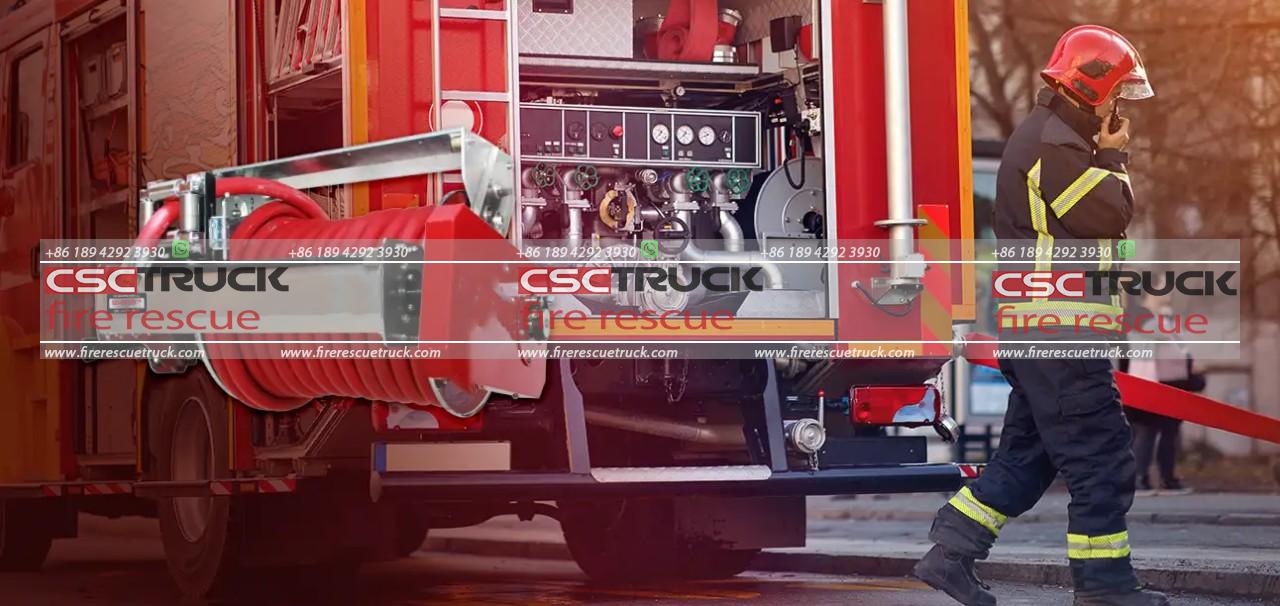
- Thermal Imaging Cameras: Thermal imaging cameras have become invaluable tools for firefighters. These cameras detect heat signatures and provide real-time visual feedback, enabling firefighters to locate hidden fires, identify hotspots, and navigate through smoke-filled environments with enhanced situational awareness. Thermal imaging cameras help firefighters make informed decisions, target their firefighting efforts effectively, and locate potential victims in rescue operations. The integration of these cameras into fire trucks provides firefighters with an invaluable tool for assessing the scene and optimizing their response.
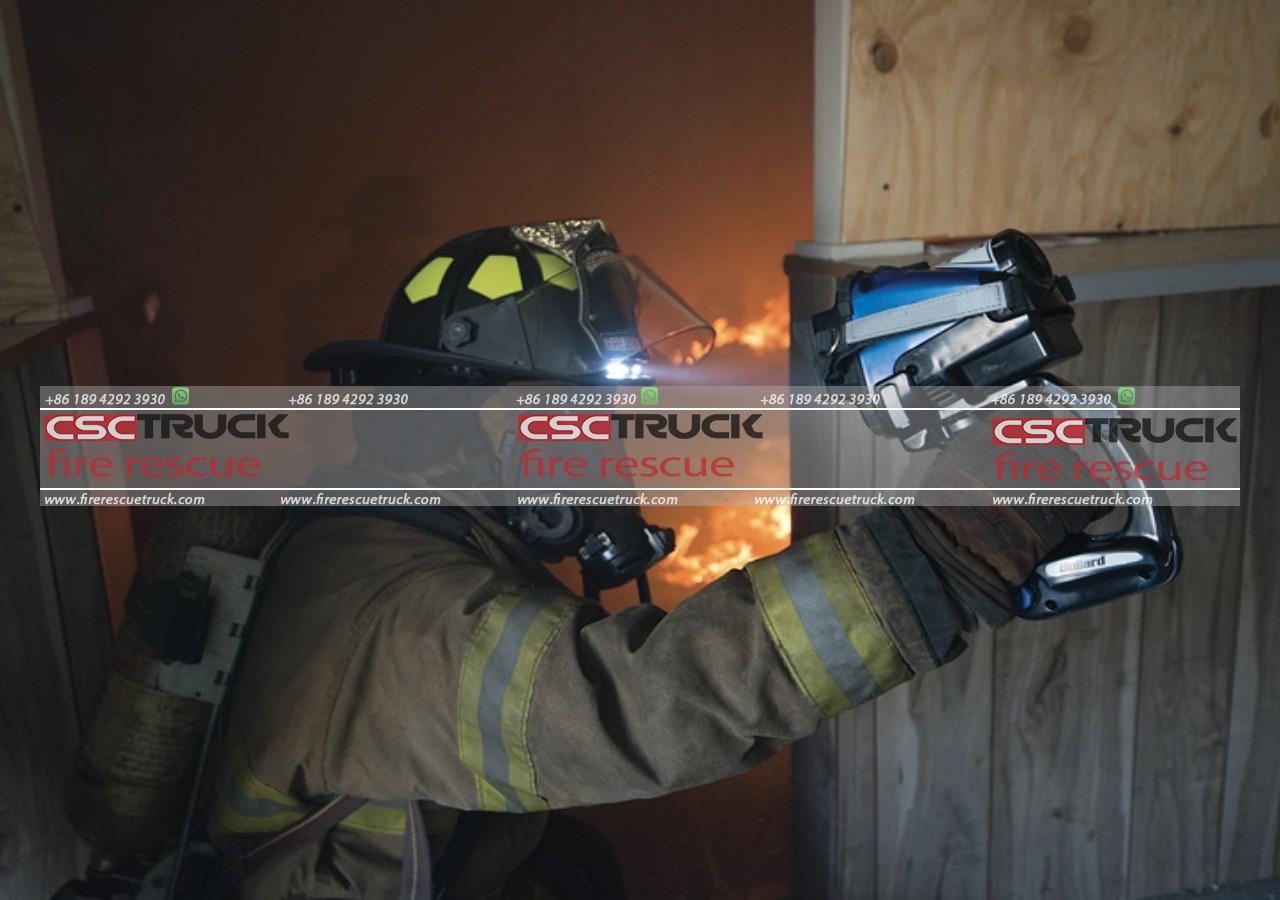
- Enhanced Safety Systems: The safety of firefighters is a top priority in fire truck design and technology. Manufacturers are continually developing and implementing advanced safety features to protect firefighters during operations. These features include reinforced cab structures for improved crash protection, advanced airbag systems, rollover protection systems, and seatbelt reminders. Additionally, fire trucks now come equipped with advanced lighting systems, including LED lights and strobes, to enhance visibility and ensure the safety of firefighters on the scene.
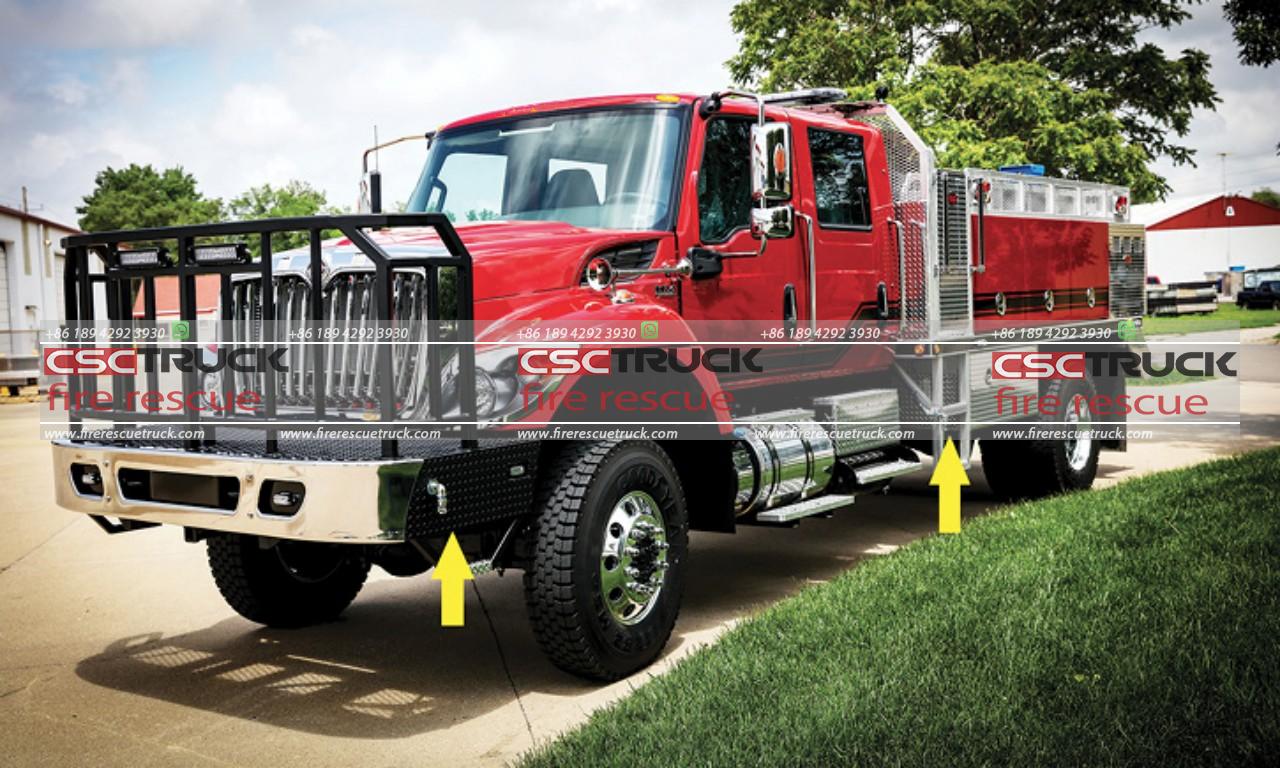
- Communication and Connectivity: Effective communication is crucial for successful emergency response. Fire trucks are now equipped with advanced communication systems that enable seamless communication among team members, dispatch centers, and other emergency responders. These systems utilize digital radios, cellular networks, or satellite communication to establish reliable and efficient communication channels. Enhanced connectivity also facilitates the integration of fire trucks into larger incident command systems, ensuring seamless coordination and sharing of critical information.
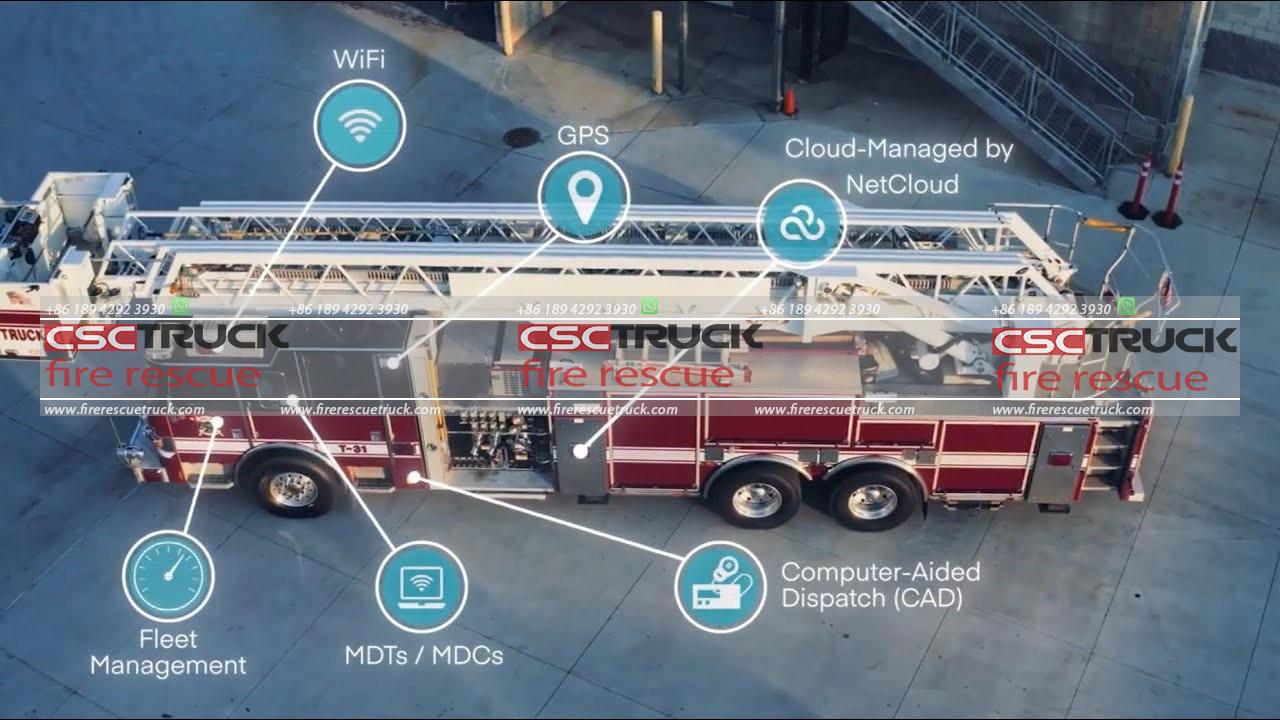
- Alternative Fuel Options: As sustainability and environmental concerns grow, fire truck manufacturers are exploring alternative fuel options to reduce emissions and environmental impact. Hybrid-electric and compressed natural gas (CNG) fire trucks are gaining popularity due to their reduced carbon footprint and improved fuel efficiency. These eco-friendly alternatives not only contribute to environmental conservation but also offer potential cost savings over the long term.
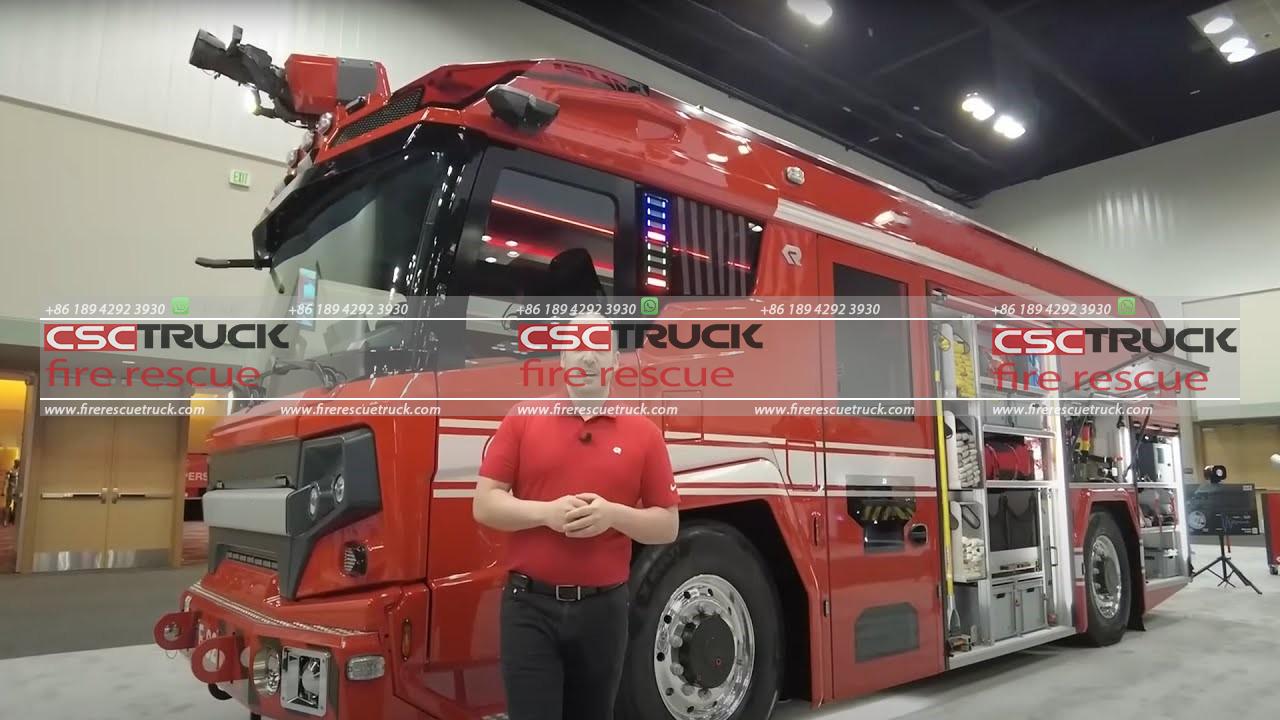
In conclusion, fire truck technology continues to evolve, empowering firefighters with advanced tools and capabilities for faster and more effective responses. Integrated vehicle systems, advanced pumping systems, automated hose deployment, thermal imaging cameras, enhanced safety systems, improved communication and connectivity, and the exploration of alternative fuel options are just a few examples of how fire truck technology is transforming emergency response.
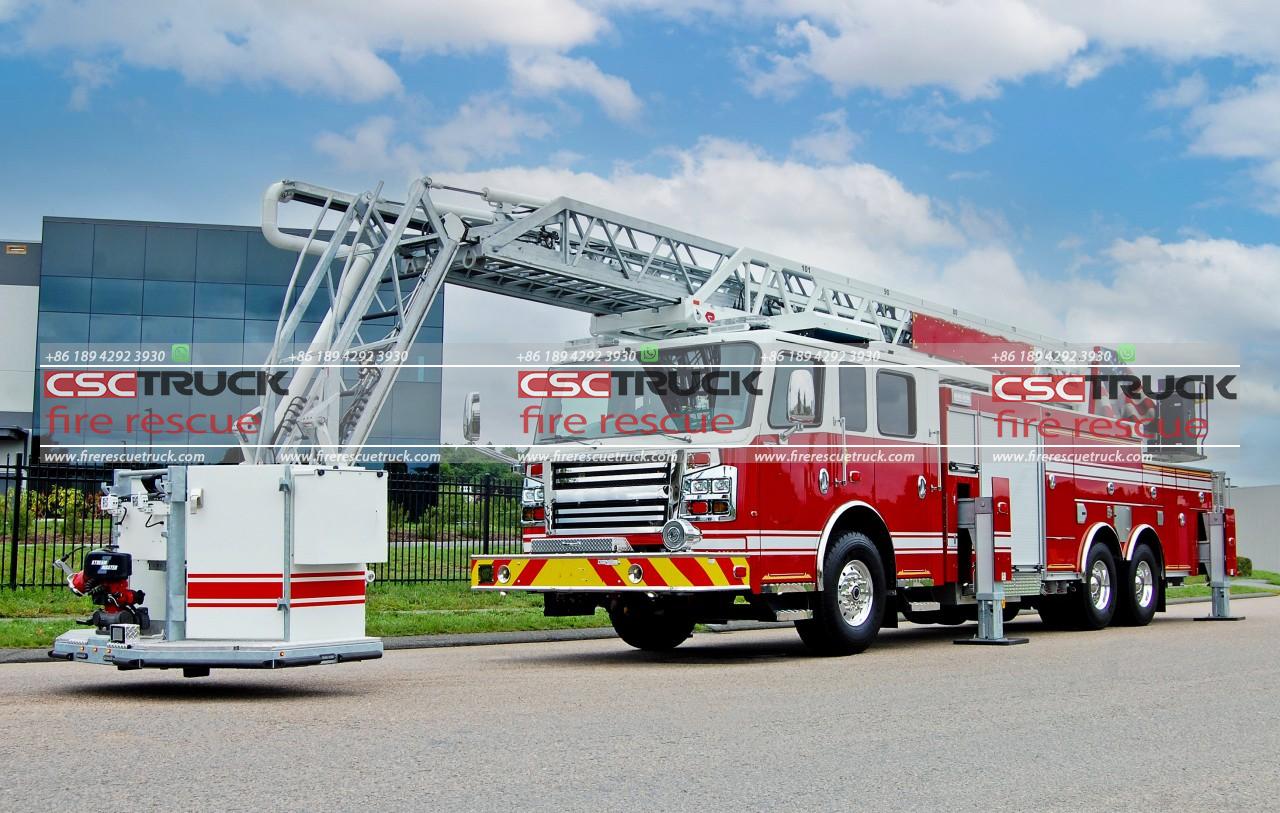 With these innovations, firefighters can now respond to emergencies more efficiently and effectively. The integration of advanced systems and technologies simplifies operations, reduces response times, and enhances overall firefighting capabilities. By leveraging these technological advancements, emergency response teams can save more lives, protect property, and minimize the impact of fires on communities.
With these innovations, firefighters can now respond to emergencies more efficiently and effectively. The integration of advanced systems and technologies simplifies operations, reduces response times, and enhances overall firefighting capabilities. By leveraging these technological advancements, emergency response teams can save more lives, protect property, and minimize the impact of fires on communities.
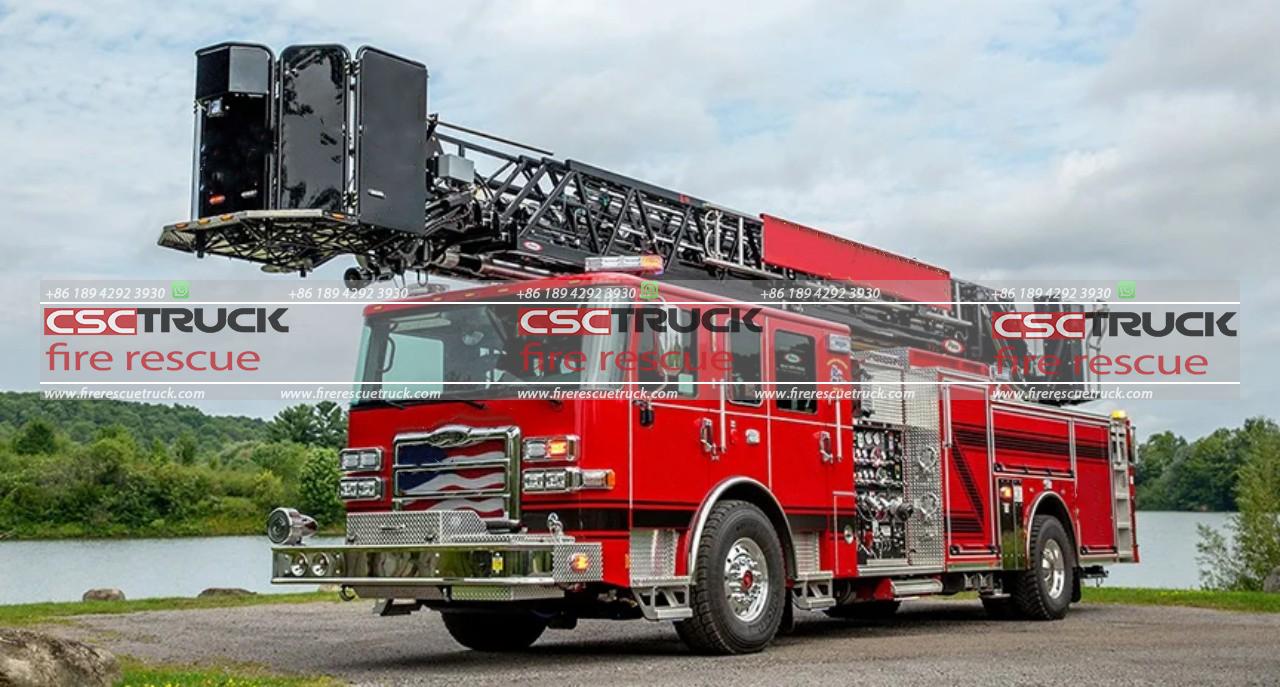 However, it’s important to remember that technology alone cannot guarantee success in firefighting operations. Proper training, experience, and expertise are still essential. Firefighters must update their skills and stay familiar with the latest advancements continuously to make the most of these technological tools.
However, it’s important to remember that technology alone cannot guarantee success in firefighting operations. Proper training, experience, and expertise are still essential. Firefighters must update their skills and stay familiar with the latest advancements continuously to make the most of these technological tools.
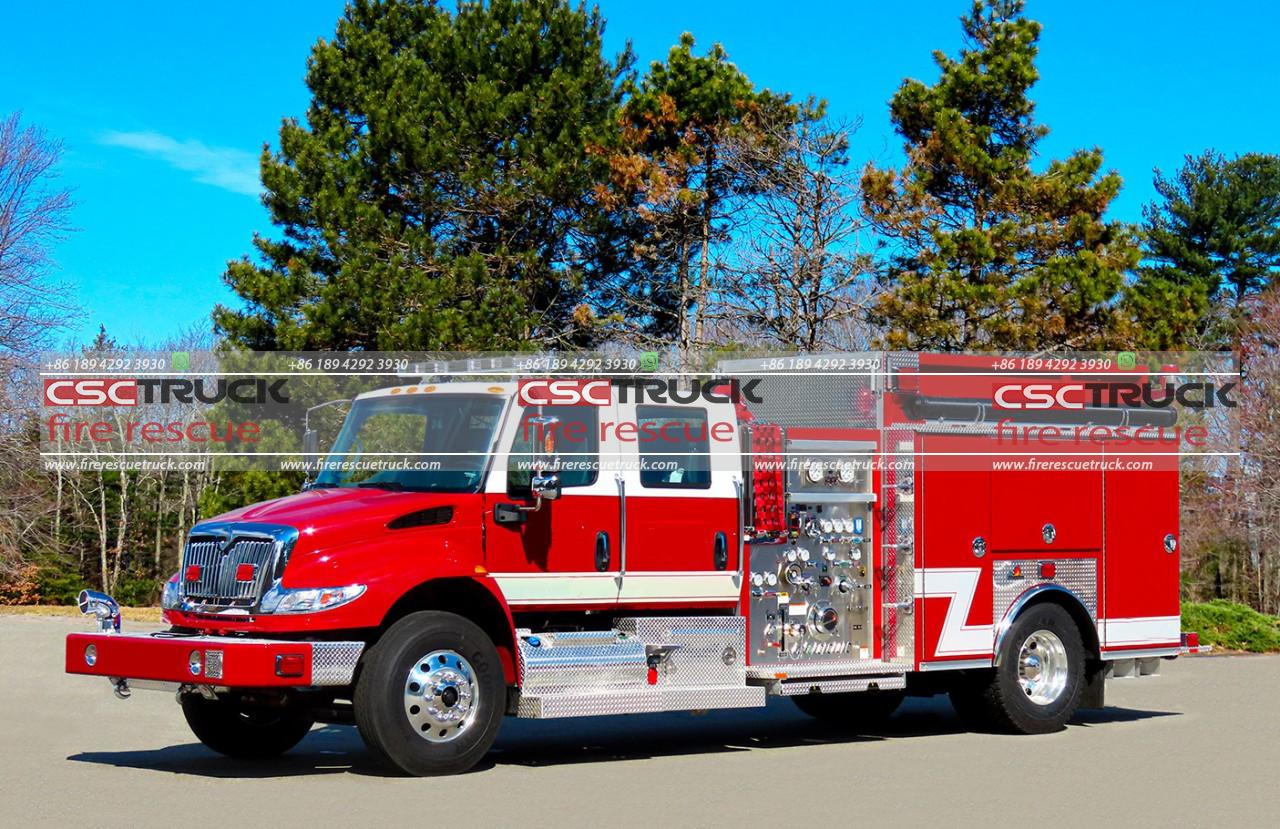 Moreover, regular maintenance and inspections of fire truck technology are critical to ensure optimal performance and reliability. Routine checks, servicing, and adherence to manufacturer guidelines are necessary to keep these advanced systems functioning at their best.
Moreover, regular maintenance and inspections of fire truck technology are critical to ensure optimal performance and reliability. Routine checks, servicing, and adherence to manufacturer guidelines are necessary to keep these advanced systems functioning at their best.
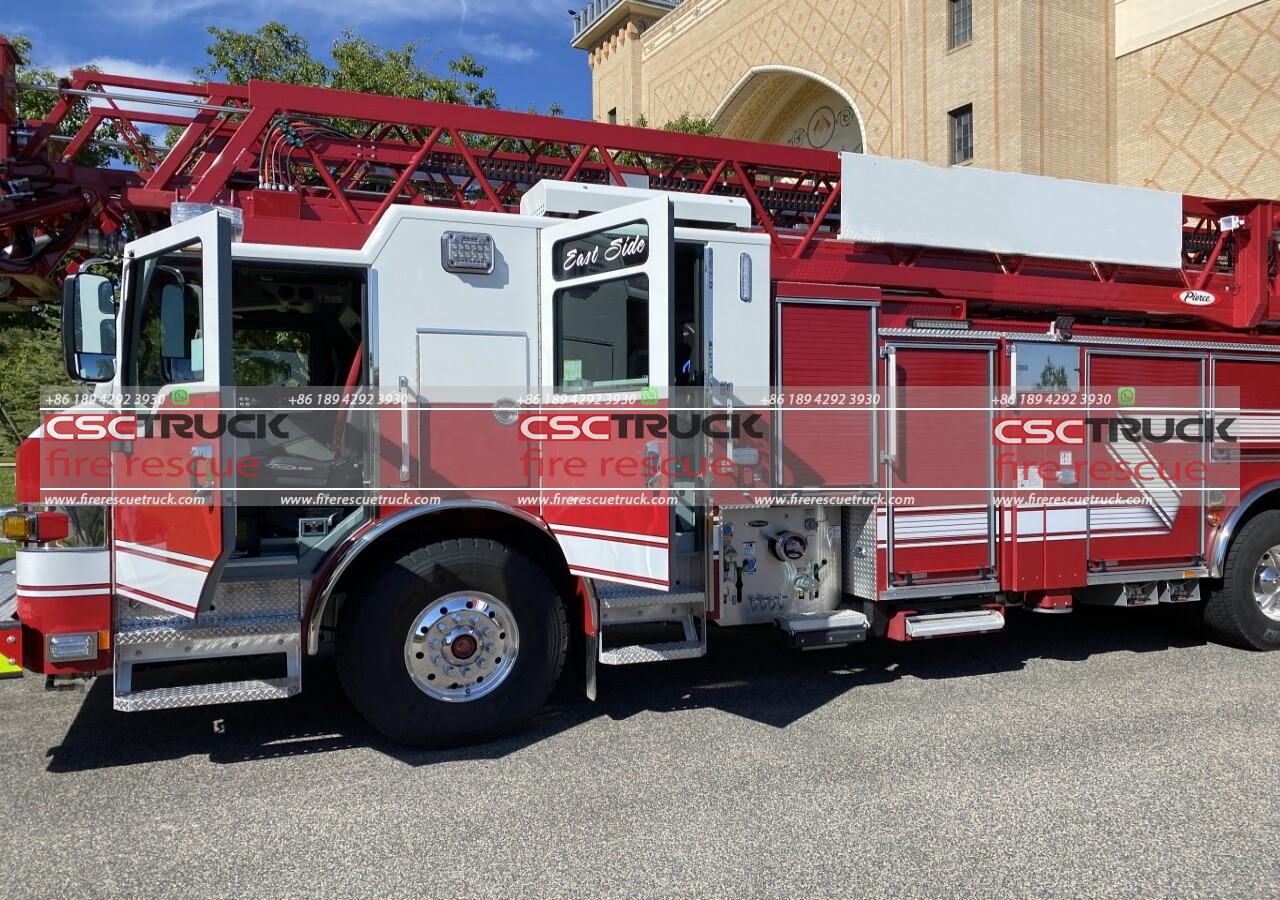 Looking ahead, the future of fire truck technology holds even more promising developments. Innovations in areas such as artificial intelligence, robotics, and unmanned aerial vehicles (UAVs) are being explored to further enhance firefighting capabilities. These advancements may offer new means of accessing and assessing fire scenes, gathering real-time data, and deploying resources with precision.
Looking ahead, the future of fire truck technology holds even more promising developments. Innovations in areas such as artificial intelligence, robotics, and unmanned aerial vehicles (UAVs) are being explored to further enhance firefighting capabilities. These advancements may offer new means of accessing and assessing fire scenes, gathering real-time data, and deploying resources with precision.
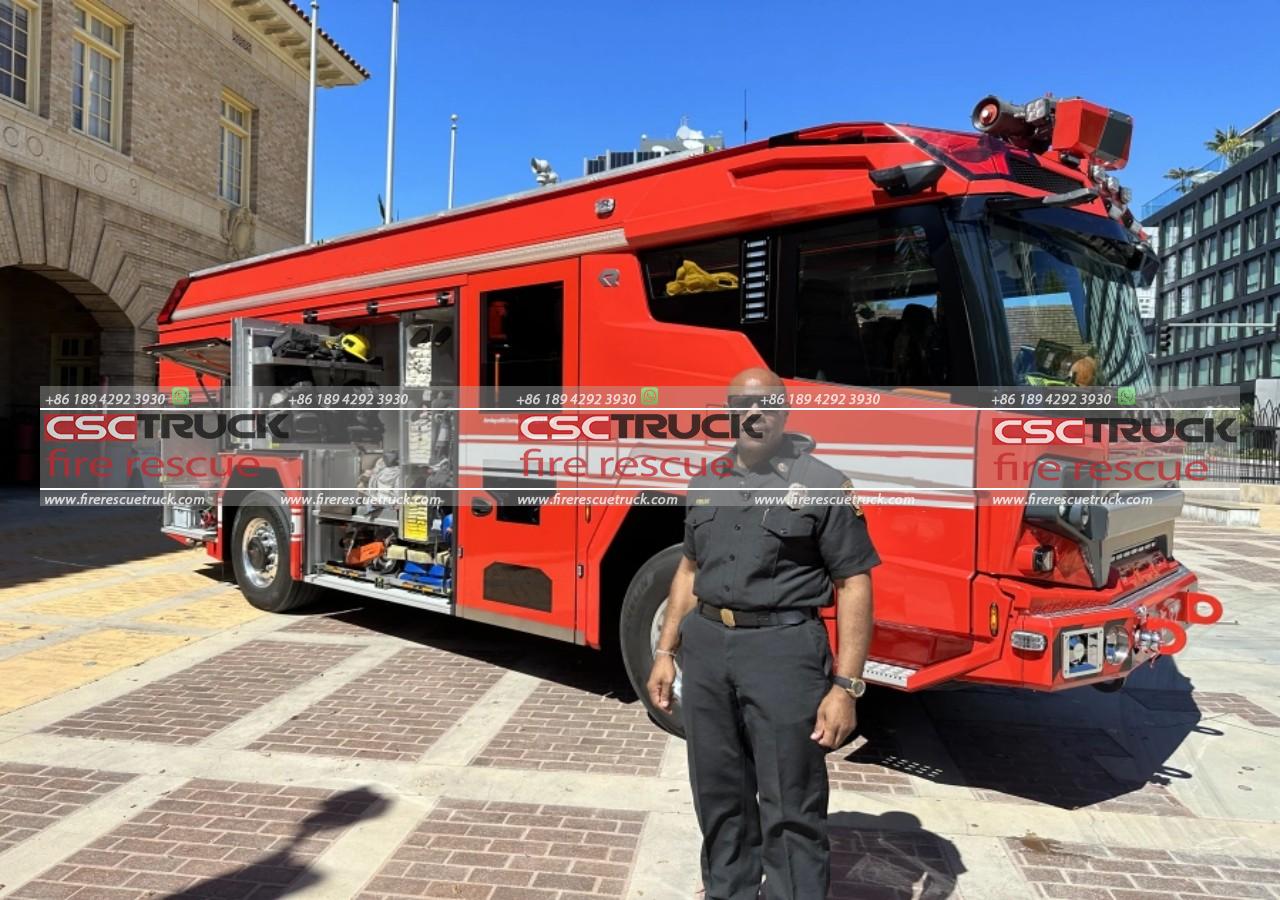 As fire truck technology continues to evolve, emergency response organizations must stay informed and embrace these advancements. Collaboration between manufacturers, fire departments, and regulatory bodies is key to driving innovation and ensuring that technology aligns with the specific needs and challenges faced by firefighters in different regions.
As fire truck technology continues to evolve, emergency response organizations must stay informed and embrace these advancements. Collaboration between manufacturers, fire departments, and regulatory bodies is key to driving innovation and ensuring that technology aligns with the specific needs and challenges faced by firefighters in different regions.
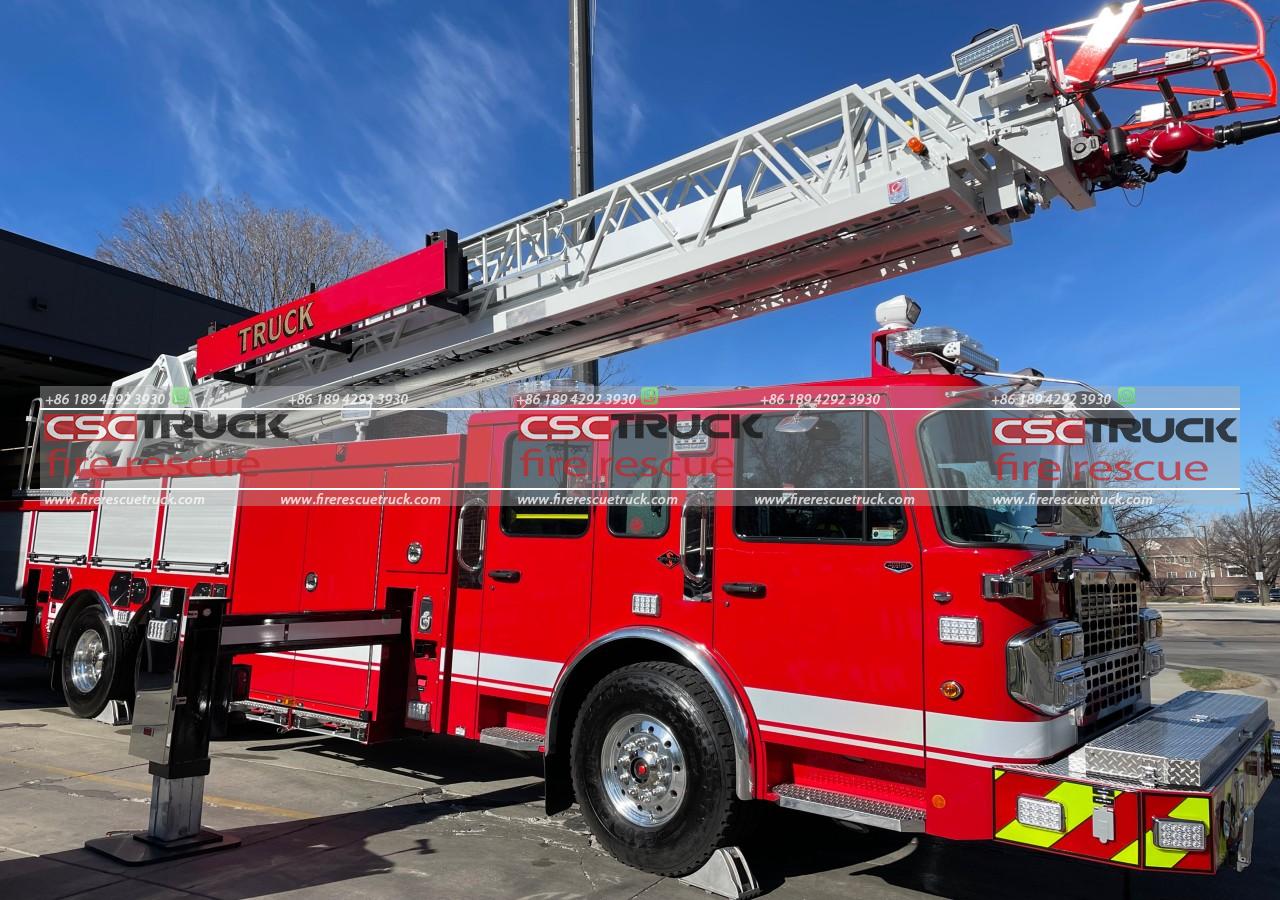 In conclusion, fire truck technology is revolutionizing emergency response by equipping firefighters with powerful tools and capabilities. Integrated systems, advanced pumping mechanisms, thermal imaging cameras, enhanced safety features, and improved communication and connectivity are just some of the advancements reshaping the firefighting landscape. By leveraging these innovations, emergency response teams can operate more efficiently, protect lives and property more effectively, and continue their mission to serve and safeguard communities. As technology continues to advance, emergency responders must embrace these changes, adapt their practices, and remain at the forefront of technological advancements in firefighting. Together, we can build a safer and more resilient future.
In conclusion, fire truck technology is revolutionizing emergency response by equipping firefighters with powerful tools and capabilities. Integrated systems, advanced pumping mechanisms, thermal imaging cameras, enhanced safety features, and improved communication and connectivity are just some of the advancements reshaping the firefighting landscape. By leveraging these innovations, emergency response teams can operate more efficiently, protect lives and property more effectively, and continue their mission to serve and safeguard communities. As technology continues to advance, emergency responders must embrace these changes, adapt their practices, and remain at the forefront of technological advancements in firefighting. Together, we can build a safer and more resilient future.
